Seven great dive watches
From Blancpain to Panerai, the waters are teeming with excellent submersibles
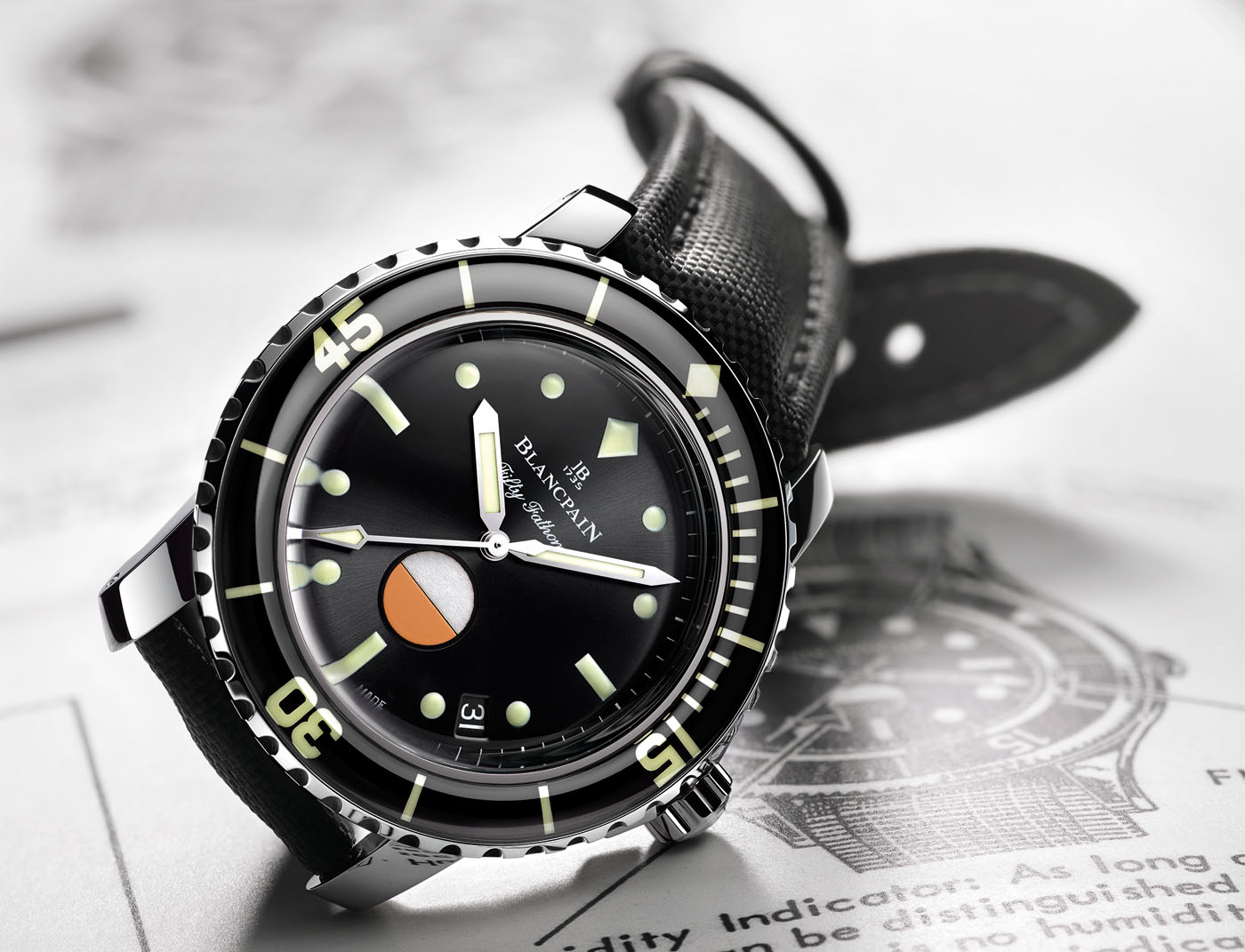
A chunky dive watch has long been a symbol of the rugged Alpha male. Nearly 20 years after the introduction of the likes of the Radiomir (see below), submersible timepieces began to grow in popularity when undersea exploration broke to the surface in the 1950s with the commercialisation of the Aqualung and some high profile expeditions by its co-inventor, Jacques Cousteau.
Launched in 1954, James Bond's favourite, the Omega Seamaster, was one of the first dive watches to make the leap from specialist piece of equipment to fashion accessory in the 1960s with the addition of a date window. Today, the waters are teeming with rival predators.
Blancpain Tribute to Fifty Fathoms
The Week
Escape your echo chamber. Get the facts behind the news, plus analysis from multiple perspectives.

Sign up for The Week's Free Newsletters
From our morning news briefing to a weekly Good News Newsletter, get the best of The Week delivered directly to your inbox.
From our morning news briefing to a weekly Good News Newsletter, get the best of The Week delivered directly to your inbox.
£10,310
Blancpain's original 1953 Fifty Fathoms was designed in partnership with the French Navy and saw it patent the unidirectional bezel, crucial to calculating oxygen consumption safely. This made it a widely popular choice for divers - including Cousteau. Its black face and chunky numerals also made it something of a classic. The latest version sticks firmly to its signature essentials: polished steel case, anti-magnetic cage, self-winding and 120 hours' power reserve. The original was water resistant to 300ft (91m or 50 fathoms, hence the name) but the latest will descend to 985ft (300m). Different Fifty Fathoms models offer different dial and bezel colours, but you'd have to be suffering nitrogen narcosis to go for anything but the ultracool black-on-black.
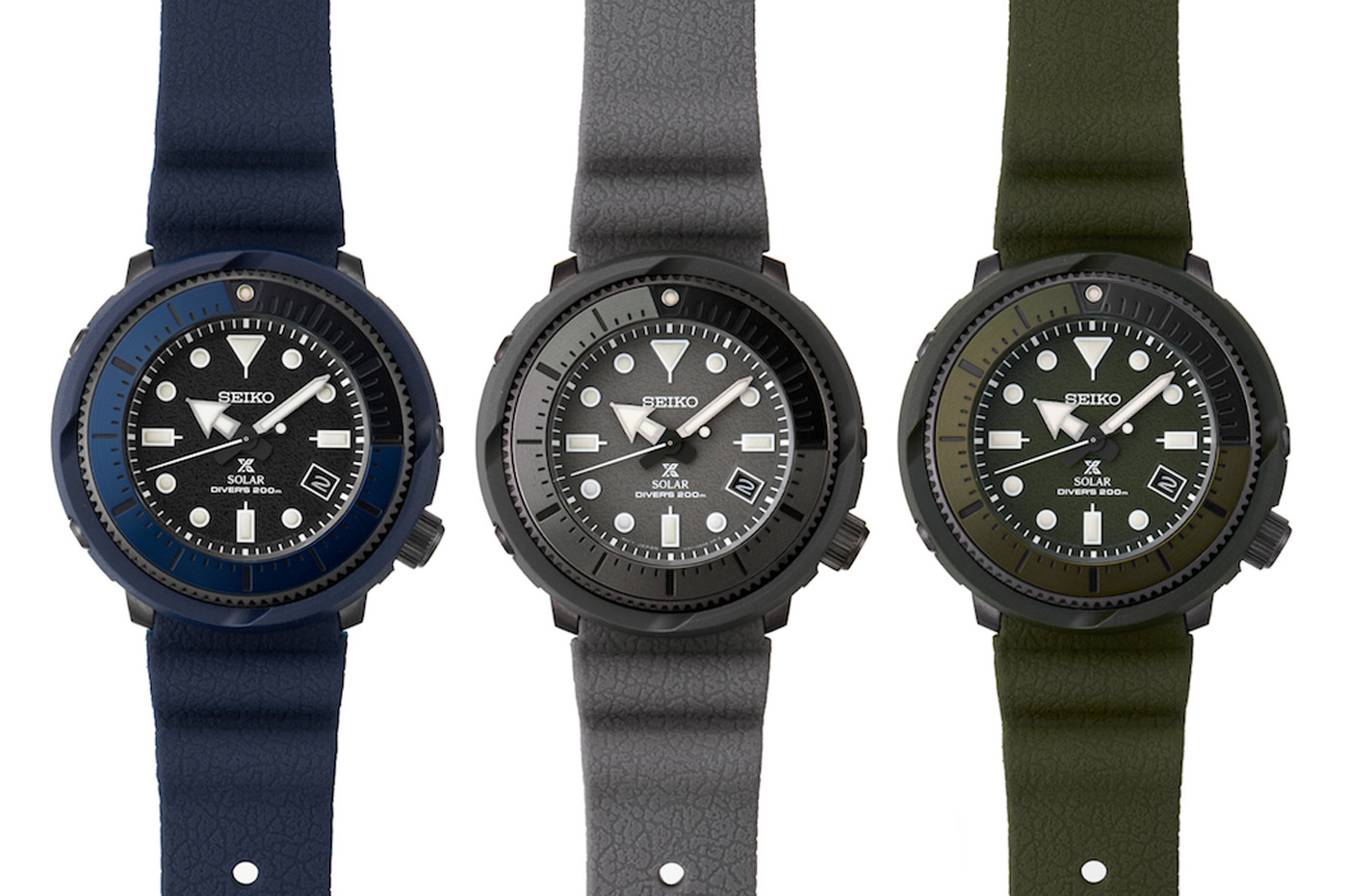
Seiko Prospex Street Series
£370
A free daily email with the biggest news stories of the day – and the best features from TheWeek.com
Japanese manufacturer Seiko issued its first dive watch in 1965 and was first to employ double-layer case construction. Its top-of-the-range model features a specially designed L-shaped gasket and a screw-down glass fixing ring and crown increasing impermeability still further. The watches have long been a credible tool for serious divers, but this year Seiko has produced a fashion-focussed version of the Prospex, in three different “street” colours.
All three retain the Prospex’s distinctive design. The case is smaller than some previous models with a 46mm face and comes on a sturdy silicon strap. Rather than being a full mechanical watch however, this version of the Prospex has a solar powered battery, which will operate for 10 months when fully charged. The watch looks great, but is also a serious dive watch, capable of submerging to 660ft (200m) underwater. A handsome daily companion and a genuine steal at just £370.
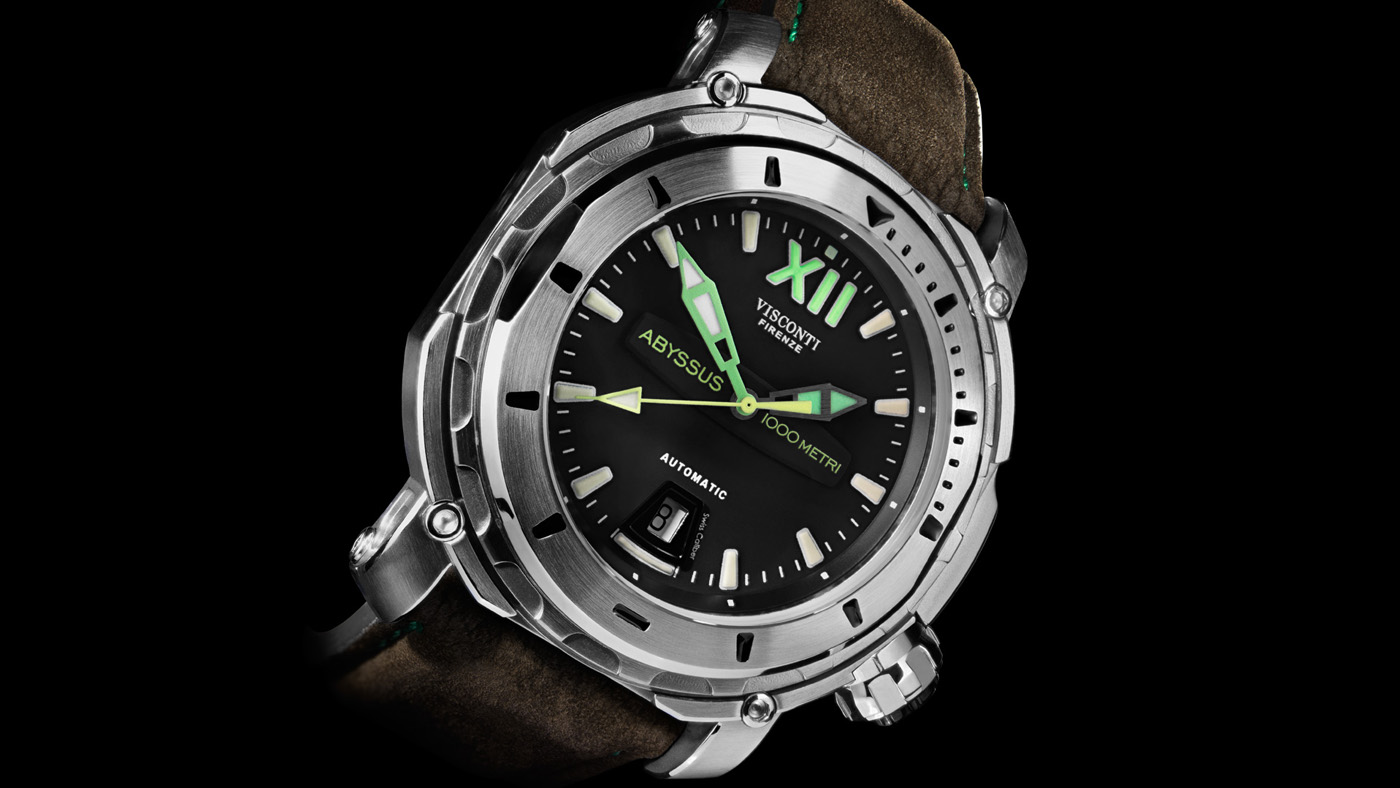
Visconti W115 Abyssus Full-Dive 1,000
£2,300
Why put something boring on your wrist when you can have a timepiece as spectacular as any underwater creature you are ever likely to encounter during your deep-sea adventures? Most Visconti watches are not for the demure, and the Full-Dive 1,000 is no exception. The watch looks something like the porthole of a sunken ship, with its mixture of concave, convex, brushed and polished surfaces – but it is more than just a pretty case. The Full-Dive 1,000 can be worn to a depth of 1,000 metres, making it more than a match for most dive fanatics. A genuinely unusual watch for underwater horological enthusiasts who want to stand out from the crowd.
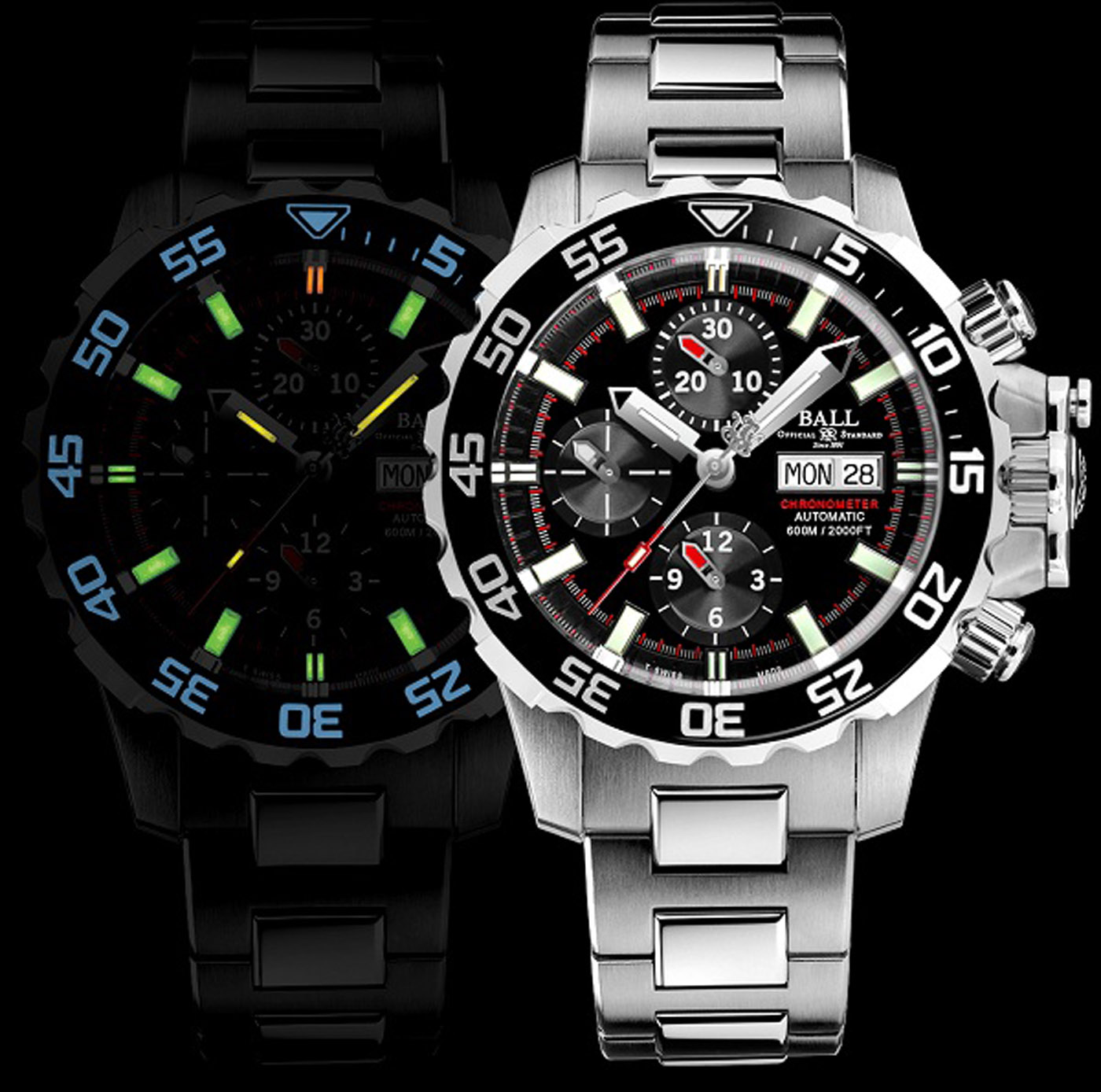
Ball Engineer Hydrocarbon Nedu
£3,310
Ball watches made their name over a century of keeping time on the US's railroads and its Engineer range applies the same rigorous safety principles to its dive watches.Nedu stands for Navy Experimental Diving Unit, but there's nothing untested about this watch's features. The titanium case has a luminous unidirectional rotating bezel and optional blue or black dial. It's shock resistant to 7,500Gs and operable to a depth of almost 2,000ft (600m) thanks to a patented helium system allowing gases to escape as the watch resurfaces from the depths.Its night-reading capability comes from 21 micro gas tubes on hour, minute, chronograph second hands, dial and buttons. A high watermark in dive watches.
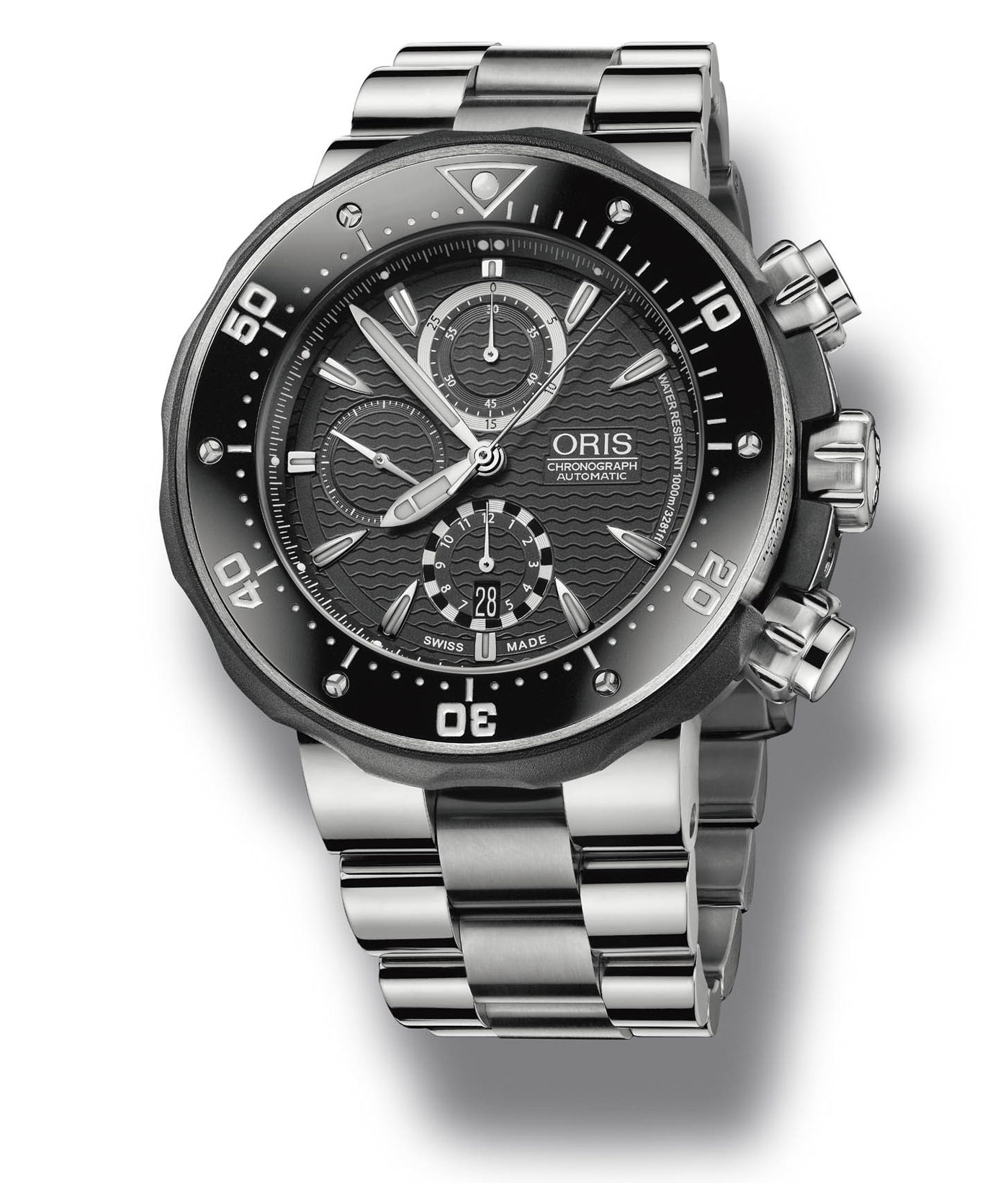
Oris ProDiver Chronograph
£3,600
Swiss manufacturer Oris's ProDiver is a relatively new entrant to the underwater scene but it goes deep - more than half a mile (1,000m) deep, to be precise.
The patented Rotation Safety System claims to be the safest unidirectional lock available and there's an automatic helium valve for saturation dives. The vast, super-sized two-inch (51mm) titanium case, black ceramic bezel with rubber ridges and cool black face all mean business, too. A domed sapphire crystal with non-reflective coating covers a wave pattern face with subdials at 12, 6, and 9 o'clock while the indices, hour and minute hands are all coated with glowing Super-LumiNova. It's hard to argue with its claim to be "the ultimate professional divers' watch".
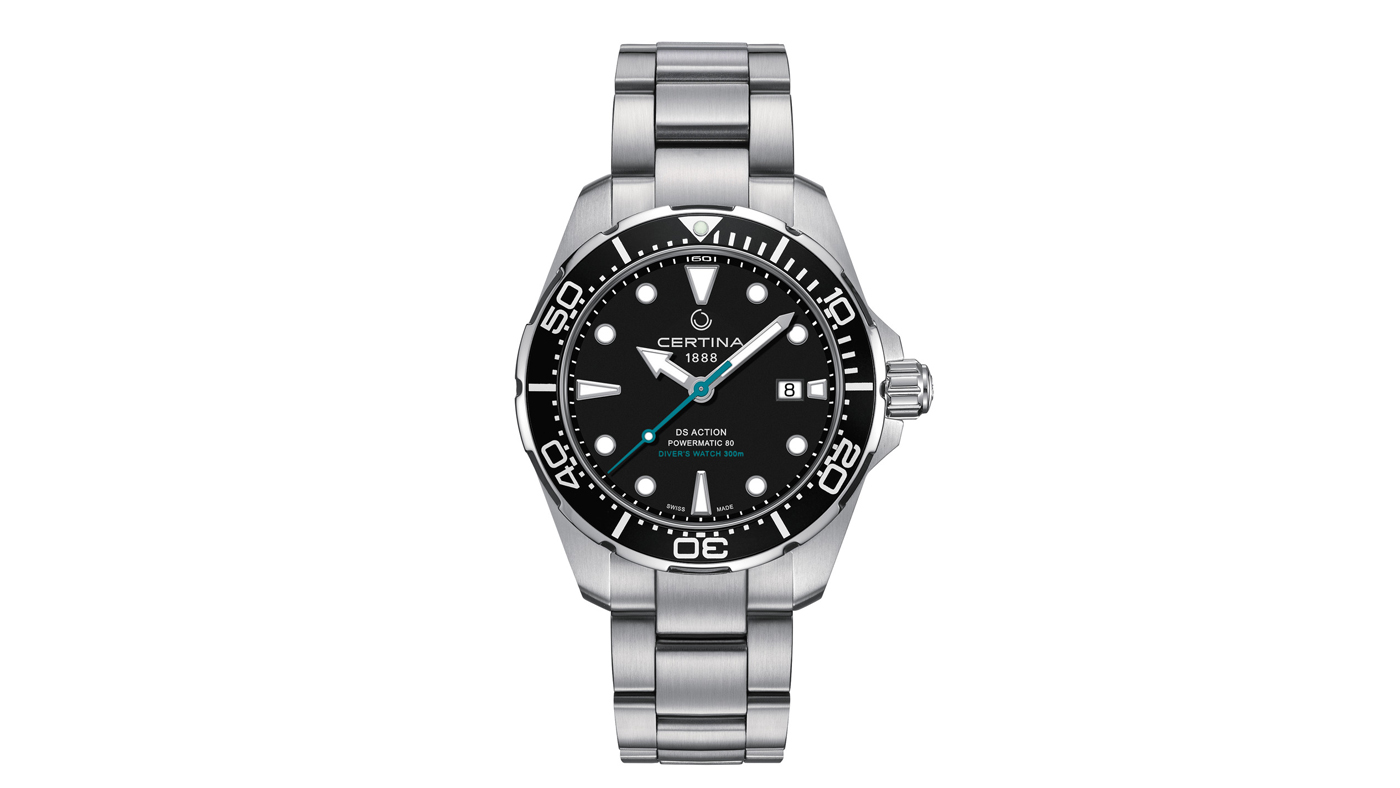
DS Action Diver Sea Turtle Conservancy Special Edition
£655
The recent launch of the DS Action Diver Sea Turtle Conservancy Special Edition in London aquarium heralded the venerable old Swiss brand’s renewed focus on the UK market.
While certainly a mid-range offering, Certina dive watches offer an unexpected level of quality for their price. Better known on the continent than in the UK or the US, Certina hopes to re-establish itself as a contender in the mechanical sports watch market. And the DS Action Diver Sea Turtle Conservancy Special Edition expresses that ambition perfectly.
The dive watch has a solid build quality, is reassuringly heavy (no skimping on materials here), and has a handsome unidirectional bezel that rotates with a satisfying click.
It also meets all the requirements of the ISO 6425 standard for diver’s watches and is powered by a workhorse of a movement – the Powermatic 80, which offers a power reserve of 80 hours (better than plenty of top-level luxury Swiss brands out there) all housed in a 43mm stainless steel case. The screw-down crown and screw-down case back ensure water resistance up to 300 metres. Plus the satin-finished stainless steel bracelet has a folding buckle with twin push-buttons and diver extension. Honestly, at £655, there is a lot of bang for your buck to be found here.
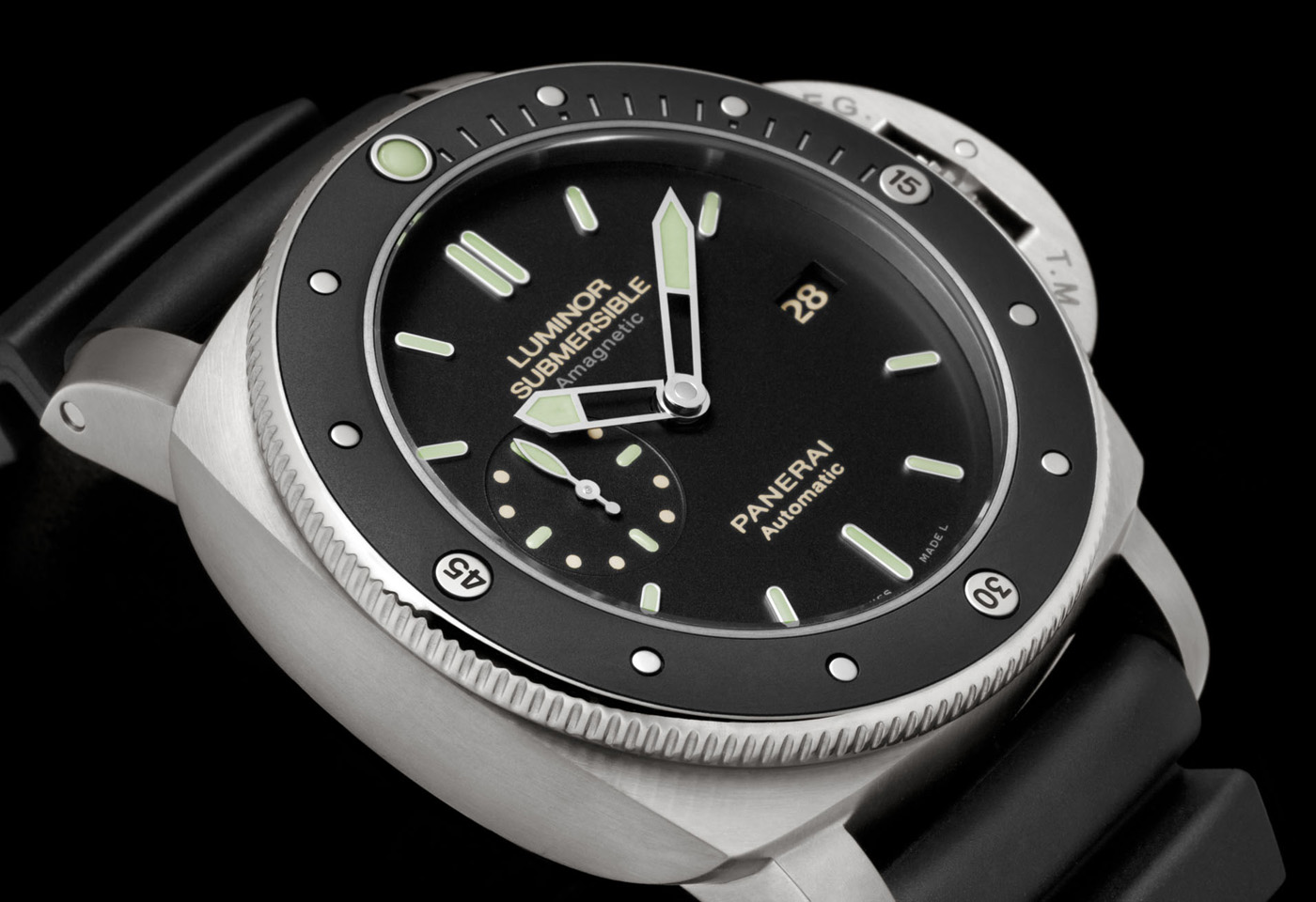
Panerai Luminor Submersible 1950 Three Days Automatic
£8,900
In its original Florentine incarnation (it was acquired by Richemont in 1997), manufacturer Panerai was responsible for the very first Navy dive watch, the Radiomir, used in World War I. The Luminor Submersible 1950, originally produced for the Egyptian navy, was notable for the luminescence of its tritium dial which replaced the toxic radium of its predecessor. The current version features that distinctive crown guard, a chunky 1.75ins (47mm) case (optionally composed of titanium, carbon or its own special alloy), unidirectional bezel with graduated scale, three-day power reserve and anti-magnetic field. Water resistant to almost 1,000ft (300m), it's a classic, but you could probably buy a used submarine for the same price.
-
 Trump vs. states: Who gets to regulate AI?
Trump vs. states: Who gets to regulate AI?Feature Trump launched a task force to challenge state laws on artificial intelligence, but regulation of the technology is under unclear jurisdiction
-
 Decking the halls
Decking the hallsFeature Americans’ love of holiday decorations has turned Christmas from a humble affair to a sparkly spectacle.
-
 Whiskey tariffs cause major problems for American distillers
Whiskey tariffs cause major problems for American distillersIn the Spotlight Jim Beam is the latest brand to feel the pain
-
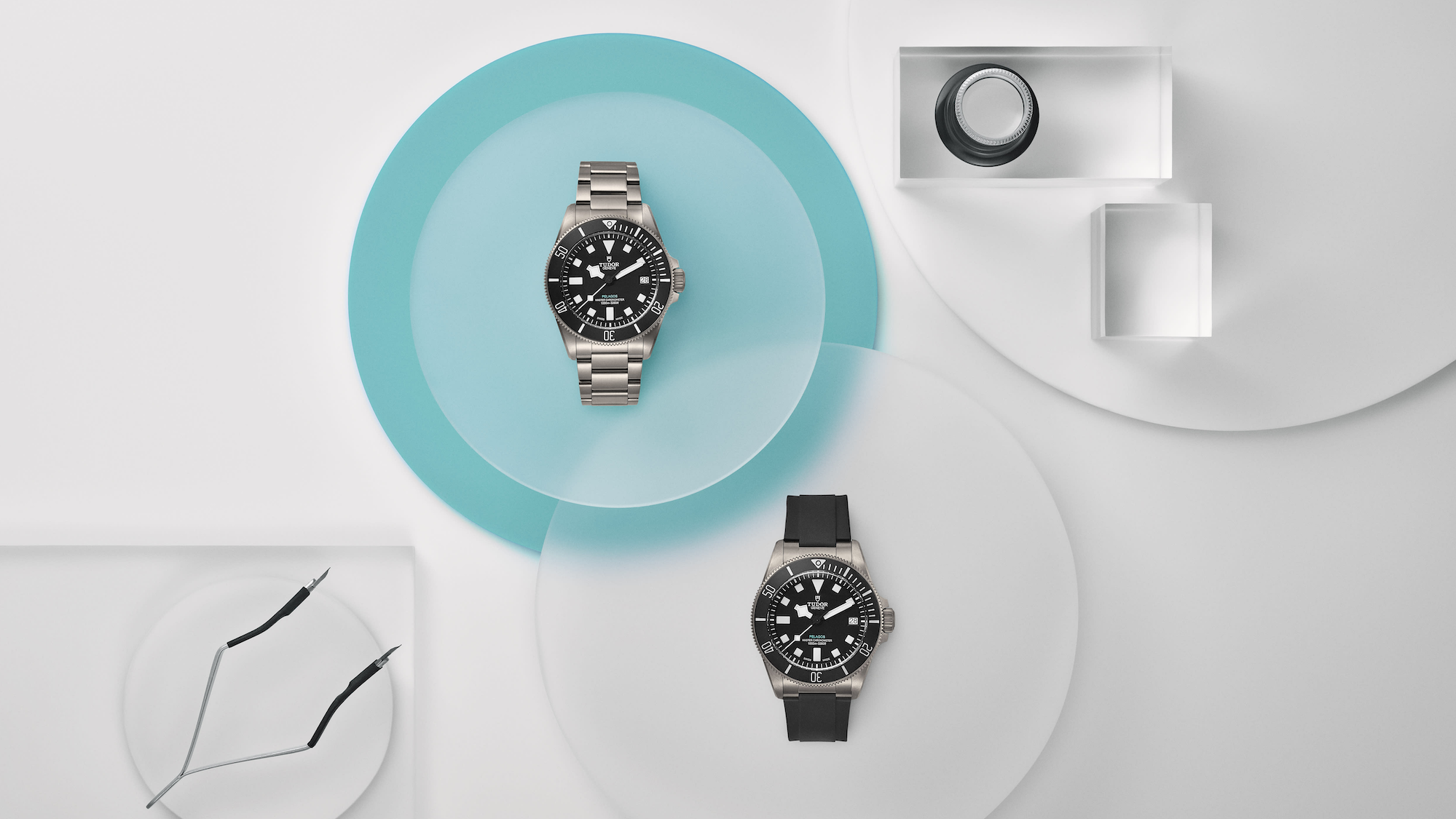 Five trailblazing watch releases
Five trailblazing watch releasesThe Week Recommends Luxury brands embraced dynamic and playful designs full of technical innovation at Watches and Wonders 2025
-
 ‘Bubbles and Puzzles’: Rolex unveils two colourful additions
‘Bubbles and Puzzles’: Rolex unveils two colourful additionsfeature There’s more to these new Oyster Perpetual models than meets the eye
-
 Omega's leading ladies on their first watches
Omega's leading ladies on their first watchesIn Depth Nicole Kidman, Cindy Crawford and Alessandra Ambrosio on their first watches
-
 The right direction
The right directionfeature Film directors have always played an outsize role in Hollywood mythology
-
 The Oscar winners of the future
The Oscar winners of the futurefeature From augmented reality to interactive films, cinema is going high-tech
-
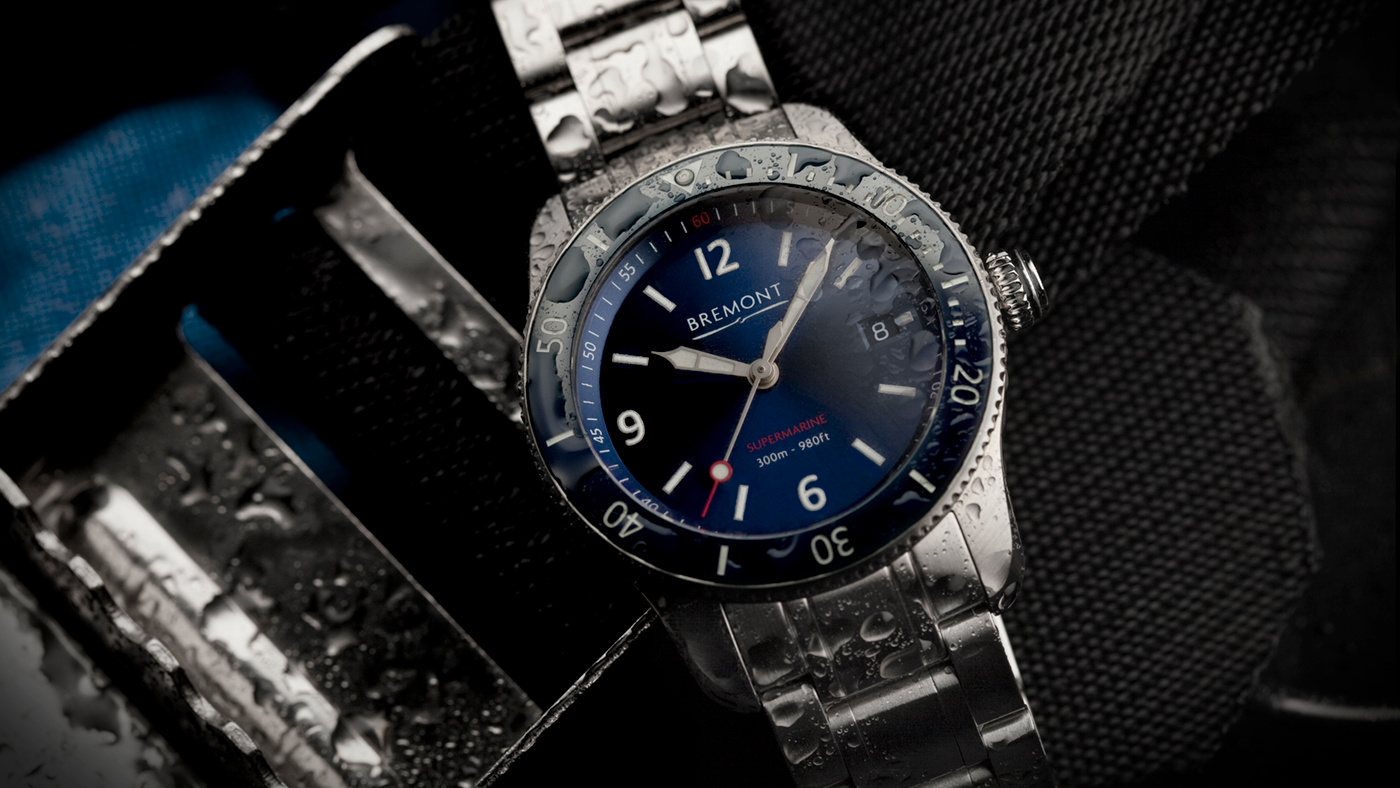 Sporting time: The best timepieces for all your pursuits
Sporting time: The best timepieces for all your pursuitsIn Depth Whether exploring the skies, roads or seas, there is a watch to suit every adrenaline-fuelled adventure
-
 Omega and the America's Cup
Omega and the America's CupIn Depth As Emirates Team New Zealand head into the final, we speak to skipper Glenn Ashby and team boss Grant Dalton about technology and timing
-
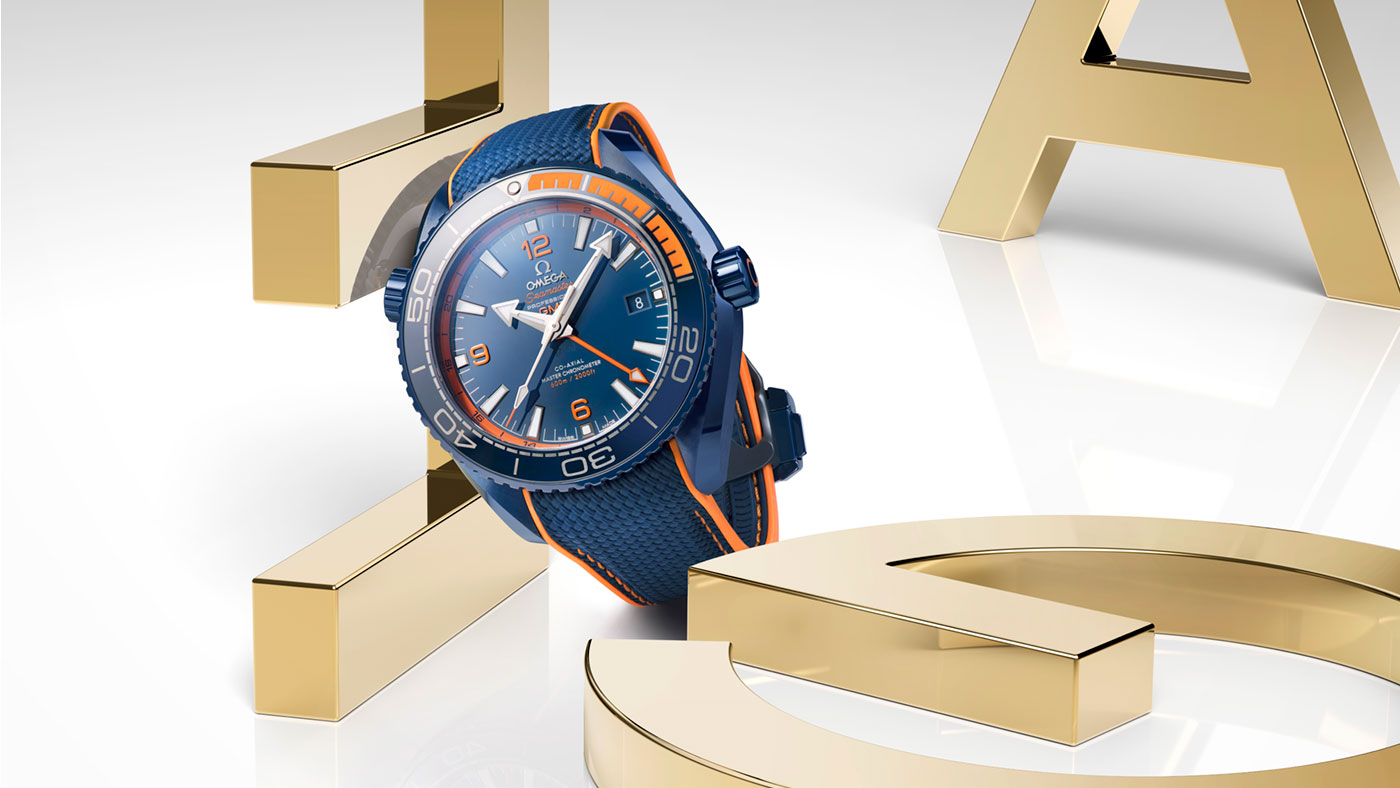 Nine of the best blue watches of 2017
Nine of the best blue watches of 2017In Depth With the trend here to stay, we pick the top timepieces to achieve this year's key look